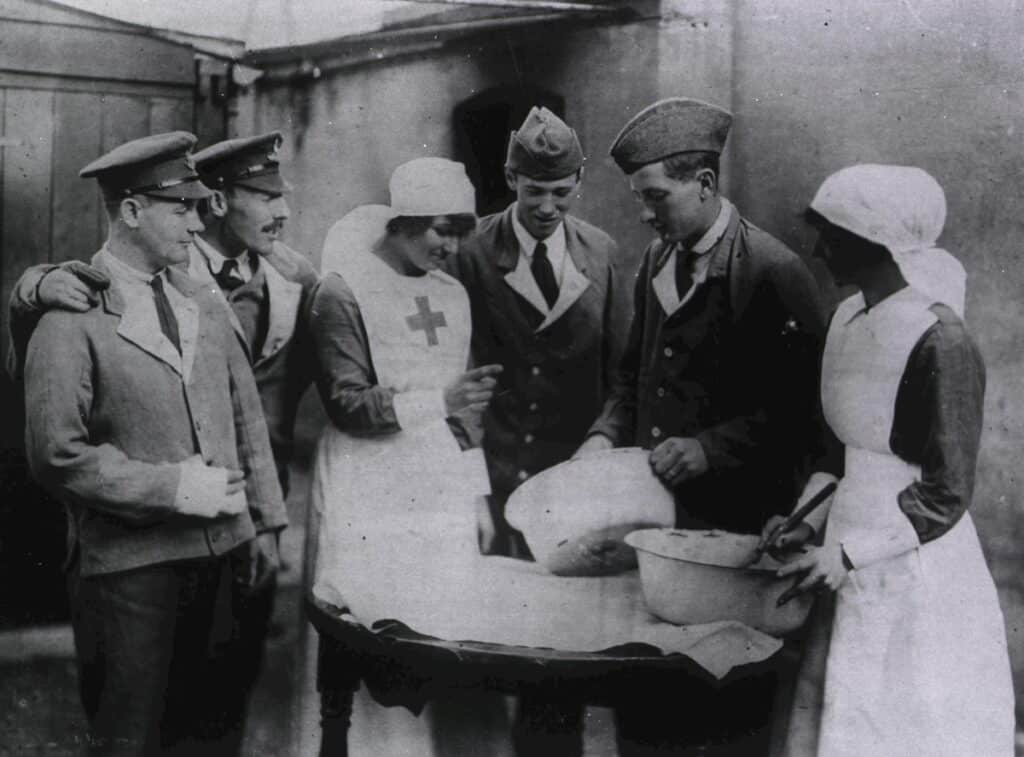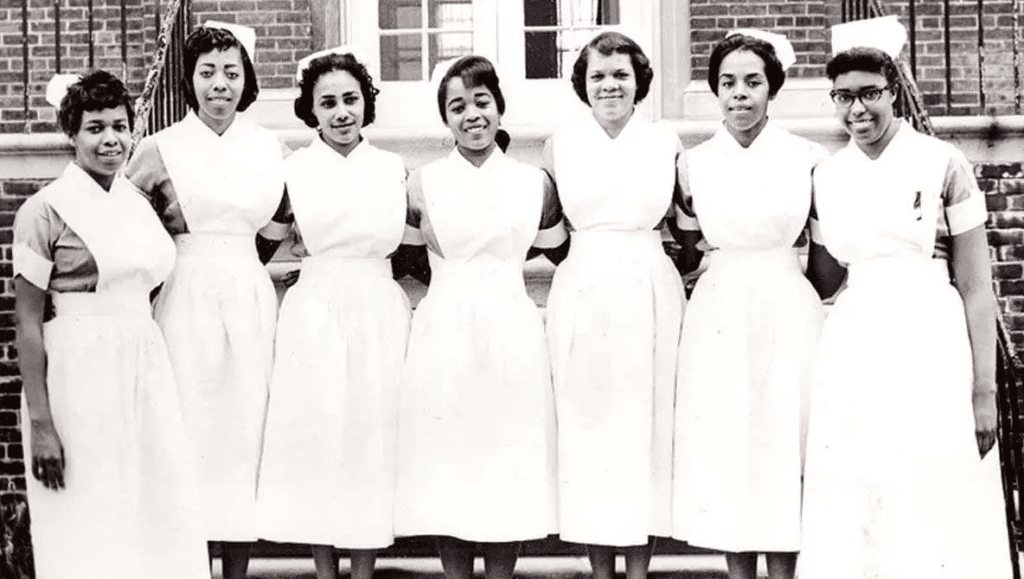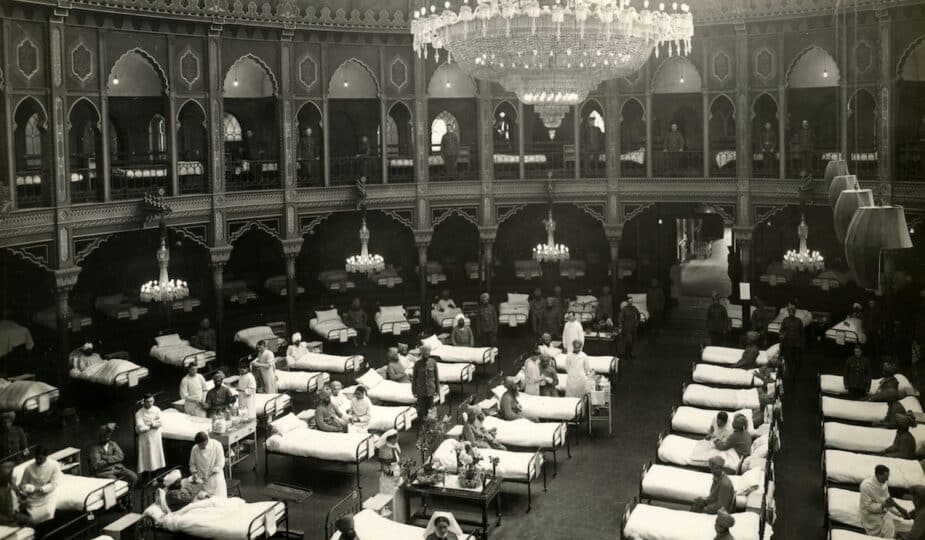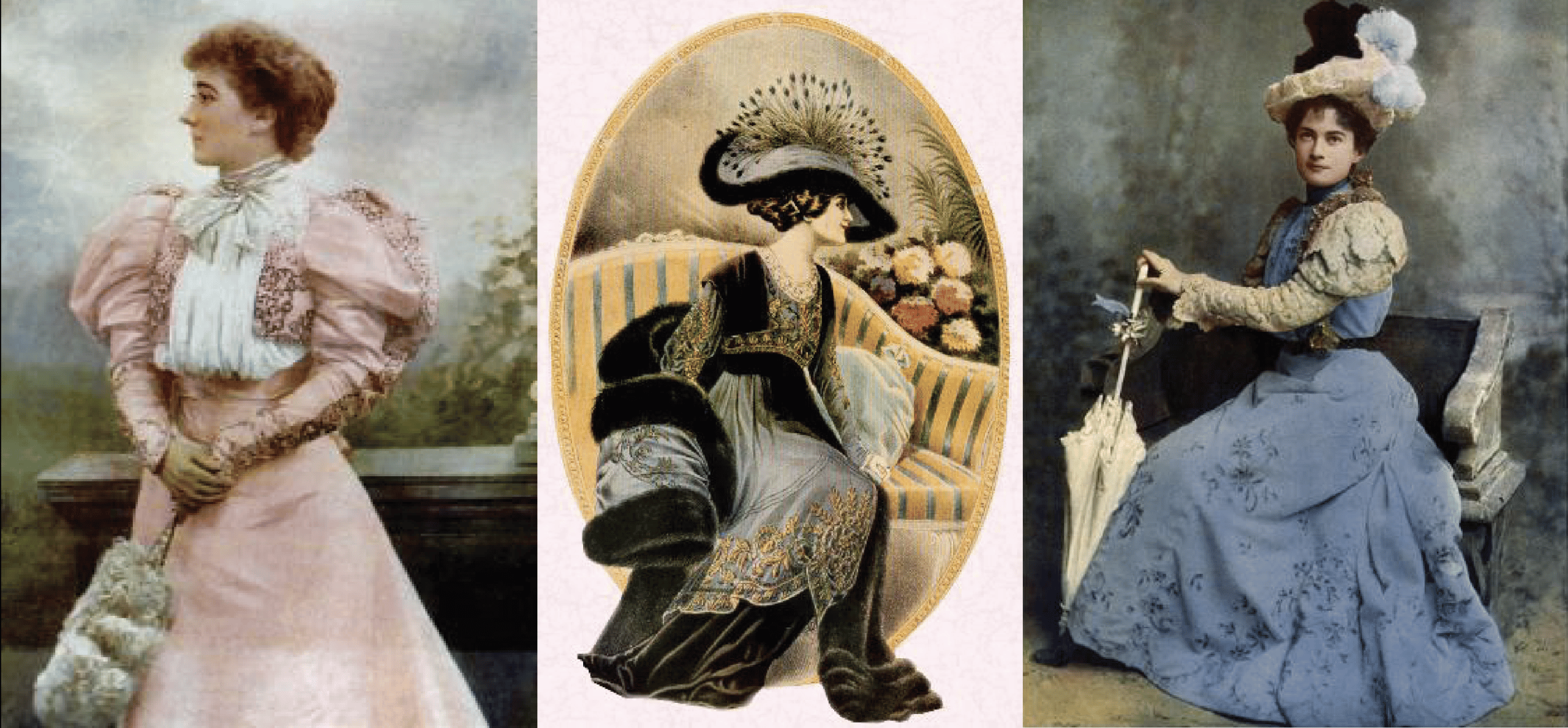chloe from fashion-era.com
Uniforms have long been a marker of profession and purpose, but none have undergone such a dramatic transformation as the nurse's uniform. Born out of necessity in the early 19th century, the nurse uniform has evolved through eras of change, each iteration reflecting the shifting responsibilities and societal views of the profession.
The Birth of the Nurse Uniform
In the mid-1800s, Florence Nightingale redefined the idea of a nursing uniform, turning it into a standard during the Crimean War. Nightingale’s efforts went beyond just caregiving—she established a London-based school dedicated to training nurses, setting the stage for a new era of professional nursing.
Her students adopted a distinctive look — blue dresses paired with white aprons and bonnets. This ensemble wasn’t just practical; it served to differentiate them from other caregivers and signaled their professional commitment. It was a uniform that symbolized both their expertise and their dedication to the art of nursing.

The Iconic White Uniform
By the early 20th century, the white nursing uniform had emerged as a powerful symbol of the profession. The iconic ensemble — a long white dress, a crisp apron, and a structured cap — became the standard. The cap, in particular, carried weight, signifying not just a practical head covering but a marker of the nurse’s training and status. Capping ceremonies were introduced to celebrate new nurses, honoring their entry into the esteemed vocation.
The all-white look wasn’t just for show; it was a reflection of the growing focus on cleanliness and hygiene in healthcare. However, as the demands of the job evolved, so did the uniform. Practical issues like comfort and ease of movement eventually led to adjustments in the design, ensuring that the uniform could keep up with the nurses' tireless work.

During World War II
With the demands of World War II, the nursing uniform underwent a significant transformation. Nurses traded long, traditional dresses for shorter, more practical designs with sleeves, allowing them greater freedom of movement as they worked tirelessly in hospitals and on the front lines.
Military-style uniforms became a staple for nurses in the armed forces, a testament to their crucial role in providing care during the war. With wartime material shortages, practicality took center stage. Uniforms were designed for durability and function, while still maintaining a professional appearance. This era marked a clear shift away from the traditional uniform toward a more utilitarian approach, reflecting the urgent needs of the time.
The Rise of Scrubs

In the 1960s and 70s, the nursing uniform saw another wave of changes as scrubs started to gain popularity. Originally designed for use in operating rooms to maintain sterility, scrubs soon found their way into everyday nursing due to their comfort and ease of maintenance. This shift away from traditional dresses was driven by several factors.
As more men entered the nursing profession during this time, there was a growing demand for gender-neutral uniforms—something practical and comfortable for everyone. Scrubs offered just that. Unlike the classic white uniforms, scrubs were easier to clean and didn’t require dry cleaning, making them ideal for the hectic pace of hospital life.
By the late 1980s, scrubs had fully taken over, marking a clear departure from the once-iconic white uniform that had symbolized nursing for more than a century.
Modern Era of Scrubs

By the 1990s, scrubs come in a wide array of colors, patterns, and styles, allowing nurses to express their individuality while maintaining a professional appearance. Hospitals now set specific guidelines for scrubs, with colors often assigned based on department or role, creating a visual code that reflects the nurse’s function. Compared to the rigid uniforms of previous generations, nurses today enjoy far more freedom in how they present themselves.
Modern scrubs are all about comfort and functionality. With advancements in fabric technology, scrubs are now designed to wick away moisture, resist stains, and stand up to daily wear. Available in a variety of sizes and fits, they offer options for looser or more tailored styles, catering to personal preferences while ensuring ease of movement during long shifts.
Cultural Variations in Nurse Uniforms
It's worth noting that while scrubs dominate the Western nursing scene, traditional uniforms remain deeply ingrained in other parts of the world. In many regions of Asia and Africa, nurses still wear dresses reminiscent of the ones designed in Florence Nightingale's time, holding on to a classic look that reflects their healthcare traditions.
In some countries, specific colors or styles are maintained, guided by local customs or medical practices. These cultural differences highlight the values that each region places on healthcare and nursing. It’s a reminder that while global influences play a role, the local culture still shapes the way nursing uniforms evolve around the world.
The Future of Nurse Uniforms
As we look ahead, there’s no doubt that nursing uniforms will continue to evolve, driven by advancements in healthcare and a growing focus on sustainability. Future designs might incorporate eco-friendly fabrics, reducing waste and aligning the profession with broader environmental goals.
But the evolution of nursing uniforms isn’t just about fashion—each change reflects a deeper shift in the healthcare profession itself. Still, the uniform will always remain a cornerstone of a nurse’s identity. Whether in hospitals, clinics, or even unique roles like nurse positions aboard cruise ships, the uniform signifies the dedication and professionalism of the wearer.
Understanding the history and nuances of nurse uniforms helps us appreciate their significance in both the past and the future of nursing.
Conclusion
The nursing uniform has traveled a long road, from Florence Nightingale's crisp blue dress and apron to the colorful, flexible scrubs we see today. Each iteration not only reflects the fashion of its time but also mirrors how the role of nurses has shifted in society’s eyes.
As healthcare attire continues to evolve, one thing remains certain—no matter the style or color, nursing uniforms will always stand as a symbol of unwavering dedication to patient care.

